
‘ICEA’: The Four Foundational Inbound Sales Strategy Phrases
There are many aspects that need to come together to form an effective inbound sales strategy. And those aspects will, for the most part, be unique to each individual sales team. However, there are four key foundations that every single inbound sales strategy should be built upon. Together, they’re known as ‘ICEA’, and they create a strong framework that enables sales teams to build an inbound sales strategy that delivers.
ICEA stands for Identify, Connect, Explore, and Advise, and by following these four steps it’s easier to create an inbound sales strategy that meets the needs of your customers.
- Identify
Inbound sales is highly effective, yet it can also prove to be a complete waste of time if you don’t know what an inbound prospect looks like. Unlike an outbound prospect, an inbound prospect isn’t necessarily in the market to buy, and they may not be emitting the same clear signals that let you know that they have a problem that needs to be solved.
Yet despite this challenge, knowing who your prospects are is essential. It allows sales teams to effectively allocate resources to the highest quality leads. And so the first pillar of any good inbound sales strategy must always be to identify the most valuable leads within the sales pipeline.
Developing personas is a vital component of the identification stage, working to build an image of the ideal customer - and the ideal business - based on factors which may include location, market segment, and economic aspects. Creating personas is key to defining ‘good fit’ prospects, understanding the buyer’s journey, and using this journey to shape the sales strategy. Yet they only do part of the job. With personas, you’re still left with a large pool of those who fit the bill, and those who fit the bill AND are ready to take the next step. So how can you distinguish a high quality lead from a low quality one?
Direct signals, such as contact with your organisation, or engagement with your social selling tactics, are the obvious answer. However, it’s important to consider indirect signals, too. For example, you could use tools for social listening that pick up on mentions of specific problems or competitor names. You could track IP addresses to monitor the level of interest from a company. Or you could look out for trigger events - a press release detailing company changes, for example - that you could help with.
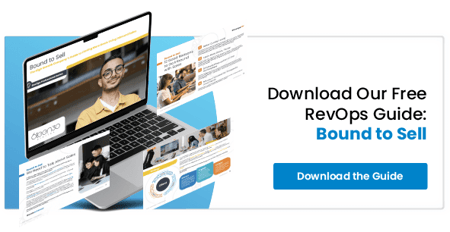
- Connect
Once leads have been identified, connecting with those leads quickly is vital.
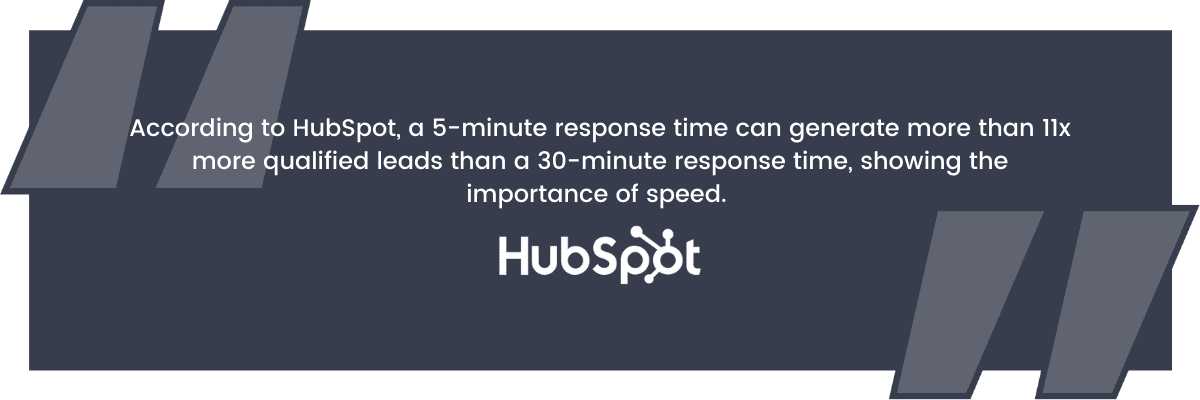
However, connecting with inbound leads is very different to connecting with outbound leads. Inbound leads don’t want to be sold to, which means that the direct sales approach that most teams will already be familiar with just isn’t going to cut it.
It’s important to remember that inbound isn’t about selling. It’s about building, nurturing, and maintaining relationships with people and businesses that facilitate organic transactions. The successful inbound sales process instead focuses on being helpful, being a guide, and employing a humanistic, holistic approach that puts people above sales.
As with the identify pillar, knowing what to look for is crucial. Actively look for trigger events across a variety of channels that can highlight an area that your business may be able to assist with. At this point, sales teams can call or reach out through digital communications channels to direct prospects to insightful content that could help. By listening to and understanding customer needs, it’s easier to ensure that the right prospects are being driven to the right resources that are specific to their problem.
However, it’s important to remember that not every trigger event will be relevant. And even if it is, not every prospect will be ready to move forward. It’s a good idea to use HubSpot Sales Pro to keep track of leads. This ensures that you’re not continuing to push those that aren’t ready, while creating personalised approaches for those who are.
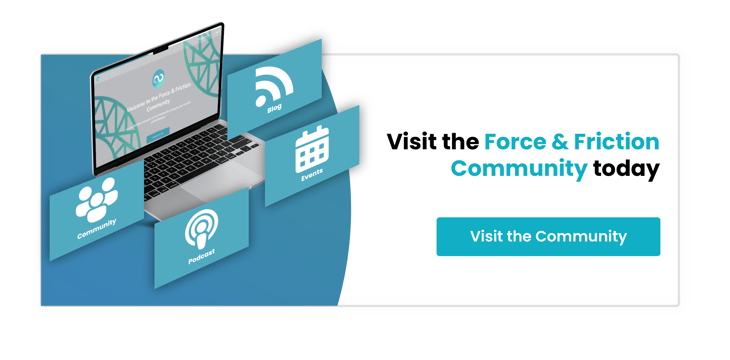
- Explore
Following the initial connection, it’s time to further explore your leads. Traditionally, this has been done through the ‘BANT’ model which assesses prospects based on their budget, their decision-making authority, their needs, and their timeline. But as we know, the buyer journey is no longer standard. For example, there’s no longer a single decision maker, which makes the ‘A’ irrelevant from the very start. With inbound sales, interest signals play a bigger role than logical signals, highlighting the need for a new model.
Instead of relying on BANT to explore leads, inbound teams are using the not-quite-so-catchy CGP, TCI, BA framework. What’s different about this model is that it’s divided into three distinct categories. This takes into account the fact that, while every buyer journey is different, each journey will always transition through three stages - awareness, consideration, and decision. The framework acknowledges these stages.
GCP: Challenge, Goal, Plan - This provides an opportunity for prospects to open up, to share their problem, and helps sales teams to better understand customer needs.
TCI: Timeline, Consequences, Implication - This allows sales teams to work with prospects to consider the options and think about what may happen if they do or don’t convert.
BA: Budget, Authority - Having the power and the financial resources to make the decision is still critical. Yet in inbound sales, it’s less important than relationship building.
This 3-part framework offers three very clear benefits:
- It helps sales teams to better understand the prospect
- It helps them develop a personalised communication style based on the needs of prospect, and
- It helps them to mould their inbound sales strategy in a way that positions what they offer as a direct solution to the buyer’s problem(s).
- Advise
With an outbound sales strategy, teams often deliver the same presentation and offer the same advice to every client. However, inbound sales is people-centric. It’s not focused on the sale, but on the buyer. And so, advice must be tailored. Presentations must not sell, but suggest, guide, support, advise and help buyers to achieve their goals.
A blanket approach no longer works. A blanket approach tries to shape the buyer around the product or service. Instead, teams should be working to shape their product or service around the buyer. Sales teams should be looking to advise prospects on the most suitable solutions through focusing on the benefits of a product or service that translate into direct value for the buyer, and by using inclusive language - we, us, together - to help the buyer to understand how a business can help them succeed.
Ultimately, through this advice, sales teams are heading towards a single goal: complete buy-in from the prospect. And one of the ways to be sure you have this buy-in is by using the 1-10 closing technique; asking a prospect how certain they are that this is the right solution for them, on a scale of 1-10. According to HubSpot, anything under a ‘6’ level of confidence suggests it may be time to step away.
And that’s OK! The overall aim of inbound isn’t to sell. It’s to help prospects make the best decision for them. Hopefully, the decision will be you. But even if it’s not, rest assured that, with the ICEA framework, you’ve achieved what you set out to do through your inbound sales strategy: you helped a prospect determine what’s best.


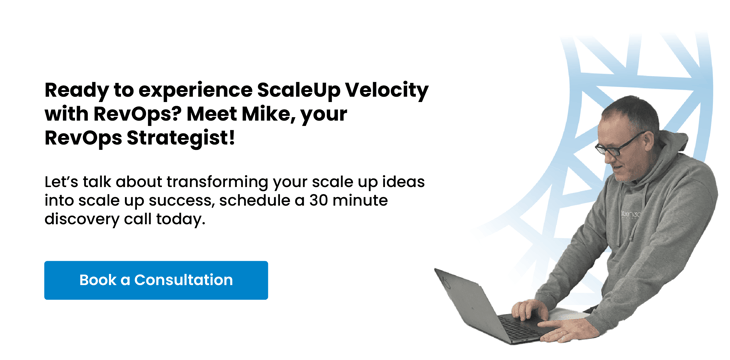

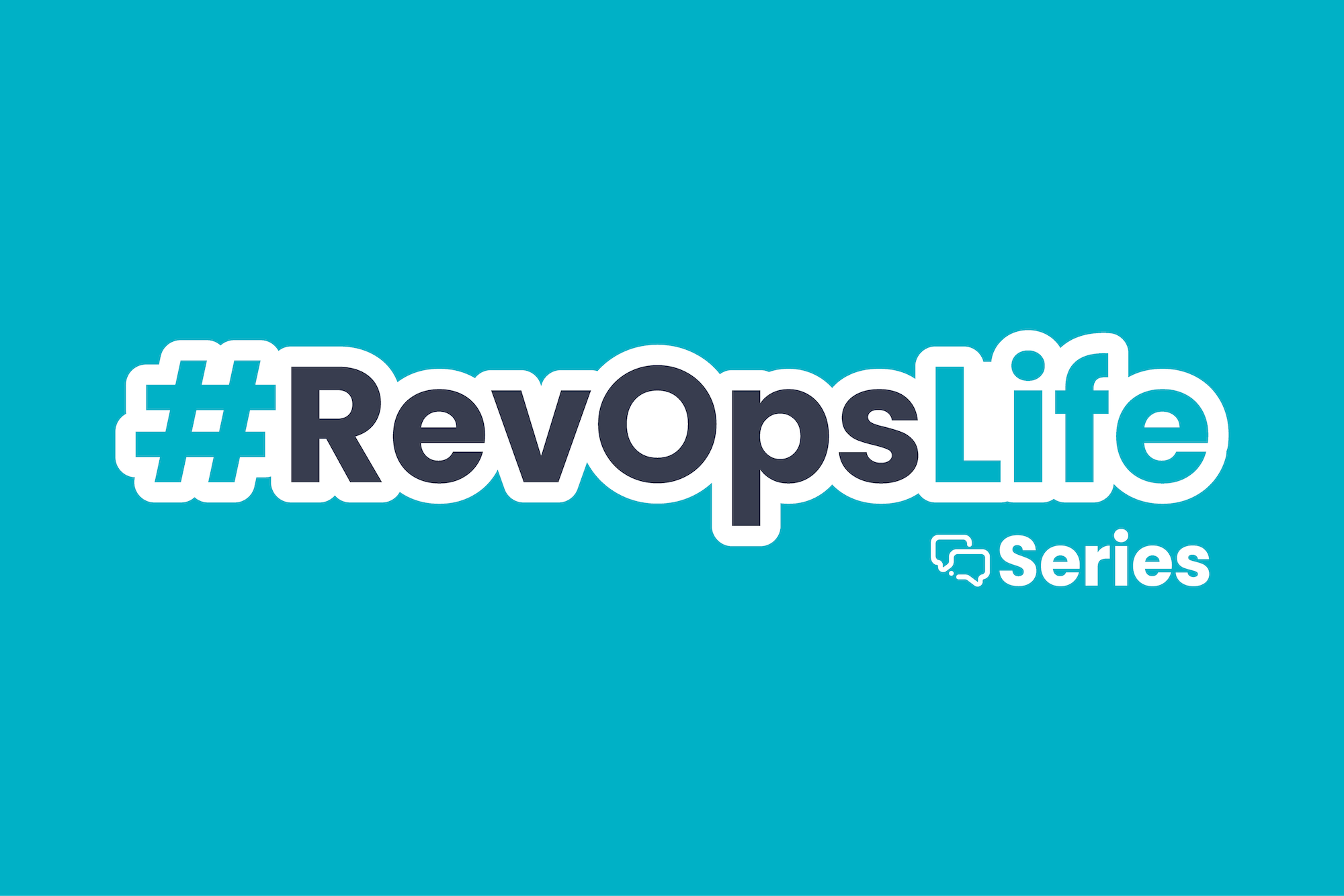
%20-%20Teal.png?width=500&height=130&name=Force%20%26%20Friction%20-%20Branding%20-%20Logo%20(White)%20-%20Teal.png)